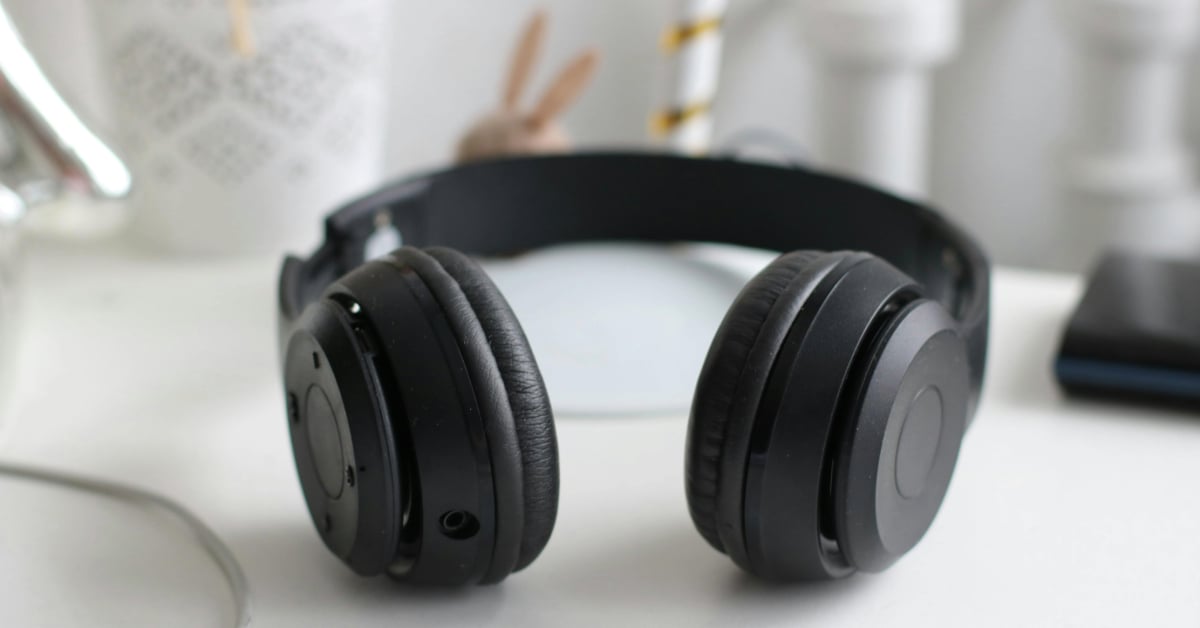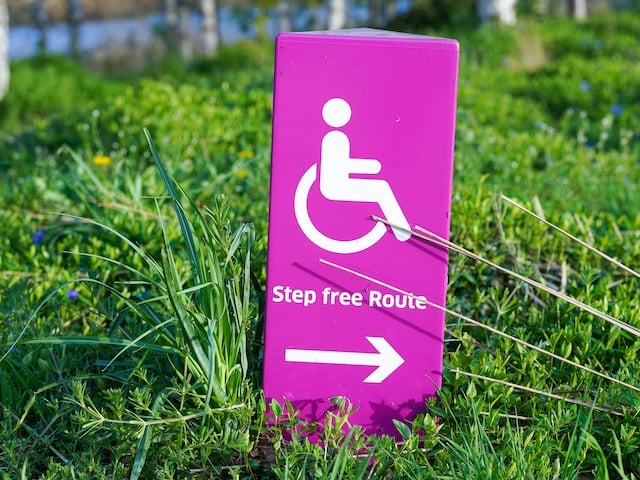Podcast Help
Related articles:
It's an unfortunate fact that, as interesting as your show might be, some folks will tune out as soon as they hear crackly, muffled, boomy, or otherwise less-than-optimal audio. Luckily, it's pretty easy to get started learning how to identify faults in your own recordings.
We've outlined some great equipment for high-quality audio in previous pieces, but none of that really matters if you can't identify what might be going wrong in your recordings (and, if you can't afford top-tier equipment, good mic technique can help bridge that gap).
The key to producing a high-quality sounding podcast is to identify and address audio problems from the start. Just like sommeliers have to learn how to identify faults in wine (is that corked, or is it a Brett infection?) and Cicerones identify problems in the brewing process (ever had a beer that tasted like soy sauce? Blame stressed-out yeast and autolysis!), by training your ear, you can learn what's wrong with your audio–besides that it just sounds "bad"–and the techniques to fix it.
Ear training, or learning to recognize different sounds and sound issues, is important for sound engineers and podcasters who want their productions to sound professional. Learning to distinguish between different sounds can help you improve your podcast and prevent sound problems in the future.
Ear training can help you pinpoint exactly why your podcast does not sound like some of the highest quality podcasts If you need help with ear training and understanding common audio problems and solutions, here are some resources that can get you started:
Ear Training Guides
Want your podcast to sound more like NPR? Check out the ear training guide they provide on their website. This guide is a free resource for learning to identify the recording, editing, and mixing problems you might face with your podcast.
This guide will teach you how to identify and correct distortion, plosives, hissing, sibilance, and other audio issues. If you don't know what any of those words mean, don't worry! You can listen to examples of different issues and even take quizzes to check your progress. NPR also has a collection of articles with information spanning from field recording checklists to information about which mics to use to help you capture the best audio.
If you want to take your podcast’s sound quality to the next level, reading ear training guides are a great way to help you improve.
Applications
Apps are another resource that can help you with ear training. They provide interactive practice on-the-go, so that you can develop your ear anytime and anywhere.
Articula Ear Training App will teach you how to recognize subtle changes in sound. It has listening exercises and even allows you to input your own sounds (like old episodes!) for practice. The app’s website has additional practice activities that you can use as well.
While geared more toward musicians, hearEQ is another app that will provide invaluable ear training and practice for sound engineers and creators alike. Upload your own media and practice identifying frequencies, audio editing, and mixing sound.
Podcasts
If you are trying to improve the sound quality of your podcast, listening to other podcasts can help. Just like prospective novelists are encouraged to read things in their genre, you should be listening to podcasts that you admire and that are similar to yours! Not only will you start to familiarize yourself with what a well-produced podcast sounds like, but you can also pick up tips that you can use to develop your ear and make your podcast sound better.
Audio Engineer’s Podcast by Streaky provides a wealth of information about sound engineering. There are episodes dedicated to different topics like feedback, filters, and mastering. You can use this information to make your podcast even better.
Just getting started creating your podcast? Join our New Podcast Creators group, or find out more about Simplecast here.

